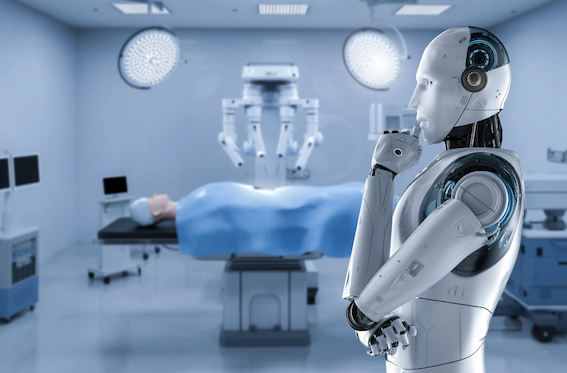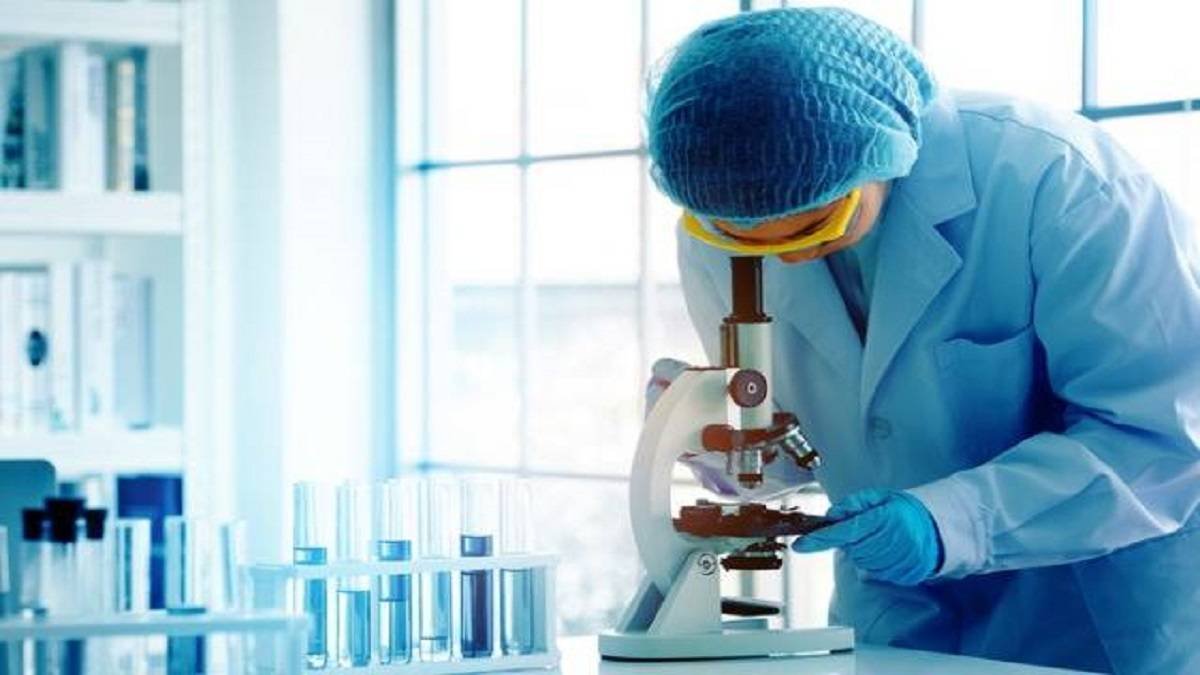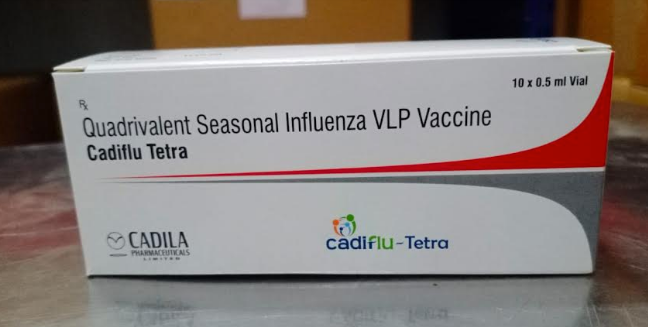Bacterial drug resistance can be reversed
08 May 2017 | News
Bacteria that are genetically resistant to antibiotics actually become sensitive to antibiotics when hydrogen sulphide synthesis was inhibited.

Indian researchers have unravelled the mechanism by which hydrogen sulphide (H2S) gas produced by bacteria protects them from antibiotics and plays a key role in helping bacteria develop drug resistance. And by blocking or disabling the enzyme that triggers the biosynthesis of hydrogen sulphide in bacteria, the researchers from Bengaluru’s Indian Institute of Science (IISc) and Indian Institute of Science Education and Research (IISER) Pune, have been able to reverse antibiotic resistance in E. coli bacteria. E. coli bacteria were isolated from patients suffering from urinary tract infection.
Antibiotics kill by increasing the levels of reactive oxygen species or oxidative stress inside bacterial cells. So any mechanism that detoxifies or counters reactive oxygen species generated by antibiotics will reduce the efficacy of antibiotics.
The researchers first ascertained that regardless of the mode of action of antibiotics, the drugs uniformly induce reactive oxygen species formation inside E. coli bacteria. Then to test if increased levels of hydrogen sulphide gas inside bacteria counter reactive oxygen species produced upon treatment with antibiotics, a small molecule that produces hydrogen sulphide in a controlled manner inside the bacteria was used.
Bacteria that are genetically resistant to antibiotics actually become sensitive to antibiotics when hydrogen sulphide synthesis was inhibited.
This discovery can be used to effectively treat many difficult-to-cure bacterial infections in the future.

















